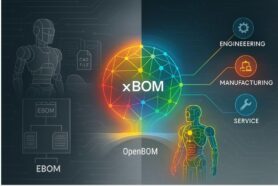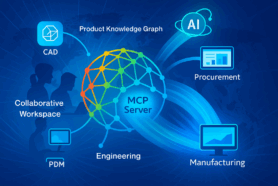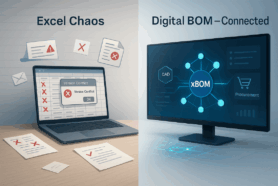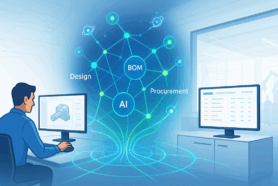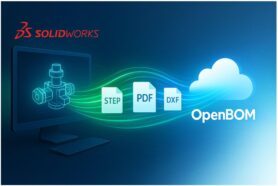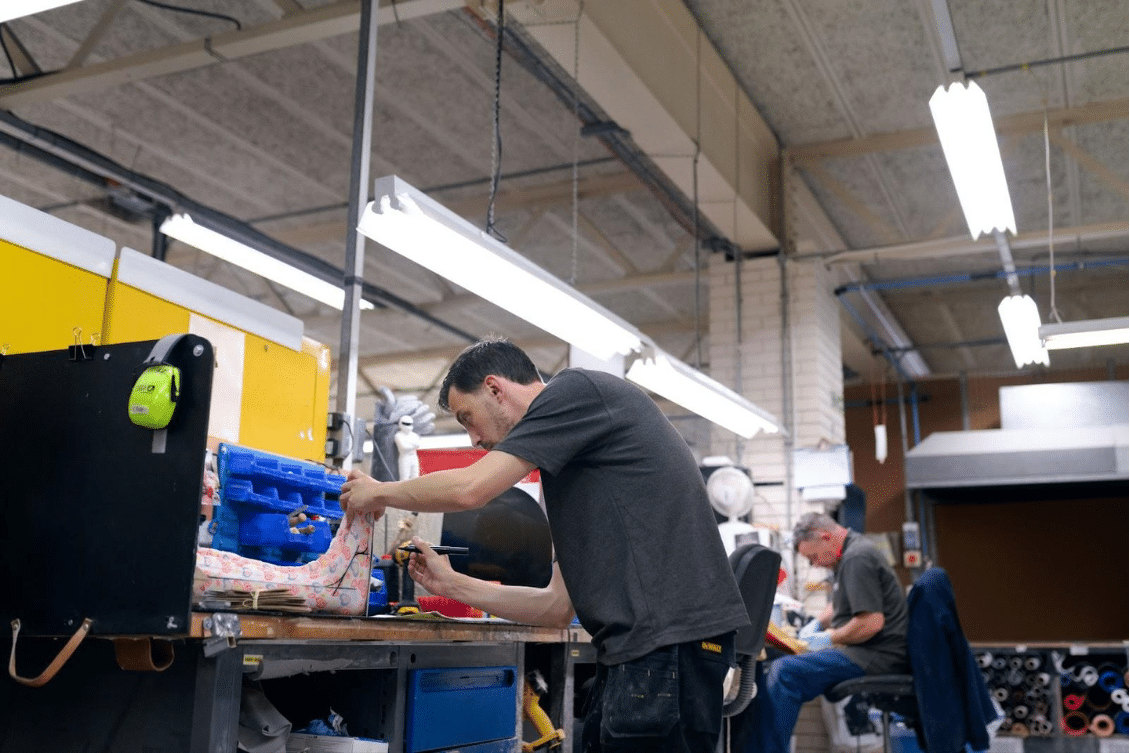
In the complex world of product manufacturing and development, choosing the right supply chain option can significantly impact a company’s success and market competitiveness. As businesses look to bring innovative products to market efficiently and cost-effectively, they often find themselves at a crossroads when deciding between Original Design Manufacturing (ODM), Original Equipment Manufacturing (OEM), and Contract Manufacturers (CMs).
Each of these supply chain models comes with its own set of advantages, drawbacks, and considerations. In this blog, we will look into the key differences between ODM, OEM, and CMs, shedding light on how these options can influence everything from product development to production control. By the end, you’ll have a clearer understanding of which supply chain strategy aligns best with your business objectives and product vision.
Original Design Manufacturing (ODM)
The ODM supply chain strategy is when a third party focuses on the complete development and production of a product. This third party, usually a supplier, takes responsibility for the upfront costs and holds all IP rights to the product. You just need to find them and purchase products from them.
An example of an ODM supplier would be going to Alibaba and searching for a supplier who already has a product ready for you.
Key Benefits of Working with an ODM
Depending on your strategy and the product you are looking to bring to market, there are multiple reasons why working with an ODM can provide value.
Expertise in Design
ODM providers are well-versed in product design, engineering, and manufacturing processes. They leverage their expertise to create products that align with the client’s vision and market demands.
Efficient Time-to-Market
Since ODMs specialize in designing products, they can significantly reduce the time it takes to transform an idea into a product. This acceleration can give companies a competitive edge in fast-paced industries.
Cost Savings
Outsourcing design to an ODM can result in cost savings, as the client company avoids the expenses associated with setting up and maintaining an in-house design team. In addition, the ODM has already invested in tools and setting up the assembly line.
Reduced Development Risks
ODMs carry the burden of product design and development, reducing the client company’s exposure to design-related risks.
Challenges of Working with an ODM
When you are working with an ODM, you are giving up certain rights you have to the product. You also don’t have any say over what the factory is going to do with the product. You can make very minor adjustments to the product, as long as there are no changes to the tooling, such as color and putting on your logo.
Limited Control over IP
Since the ODM takes charge of the product’s design, there may be concerns about intellectual property (IP) ownership and control.
Less Customization
While ODMs offer efficiency, they might have limitations when it comes to accommodating highly customized designs or unique product features.
Dependency on ODM Expertise
Companies relying heavily on ODMs should carefully evaluate the provider’s track record, expertise, and commitment to quality.
Original Equipment Manufacturing (OEM)
An OEM is a bit different from an ODM in that the OEM contracts a factory to make their product. The manufacturer is responsible for the development of the product and they also retain all of the IP of the product.
The main difference between an ODM and OEM is that an OEM is responsible for the design and they hold the rights to the product. For an ODM, the factory is responsible for the design and IP and they are able to sell the product to any buyer. While the OEM supplier is only able to make the product for that particular manufacturer.
Key Benefits of Working with an OEM
Customization Possibilities
In the OEM model, manufacturers can tailor products to the client’s exact specifications, accommodating specific design elements, features, and functionalities.
Control over Design
The client retains control over the product’s design, ensuring that it aligns with the brand’s aesthetics and user experience.
Tailored Solutions
Companies can customize products to meet the unique needs of their target audience, improving customer satisfaction.
Challenges of Working with an OEM
Higher Costs
Customization and brand control often come with increased costs, including design, tooling, and manufacturing expenses.
Limited Scale Economies
Developing unique designs and products might limit the ability to achieve economies of scale, potentially affecting profitability. This is because the supplier is only able to make this product for you. With an ODM, the supplier is able to make the product for anyone so they can reach economies of scale with larger volumes.
Contract Manufacturers (CMs)
Contract manufacturing is a type of outsourcing in which a manufacturer hires a supplier to make their product. CMs can also utilize other suppliers as well, such as purchasing parts from OEMs. The main reason why a manufacturer chooses to go with a CM is so the company can focus on its core competencies.
Key Benefits of Working with a CM
Production Expertise
CMs are specialized in manufacturing processes and have the necessary equipment, facilities, and skilled workforce to efficiently produce products at scale.
Resource Utilization
Businesses can leverage CMs’ existing production infrastructure, saving them the expenses and efforts associated with setting up and maintaining their own manufacturing facilities.
Scalability
CMs offer the flexibility to scale production up or down based on market demand, enabling companies to respond quickly to fluctuations.
Cost Savings
Outsourcing production to CMs can result in significant cost savings, as companies avoid upfront investments in manufacturing equipment and ongoing operational expenses.
Challenges of Working with a CM
Quality Control
Maintaining consistent product quality across production batches can be challenging when relying on external partners.
Communication and Collaboration
Effective communication and collaboration are essential to ensure that product specifications are met accurately.
Dependency on Suppliers
Companies must carefully select and manage CM partners to avoid disruptions in supply chains and ensure timely deliveries.
Conclusion
In a dynamic and changing market landscape, the ability to understand, adapt, and choose the right supply chain option becomes a decisive factor in a company’s growth and sustainability. By embracing the strengths of ODM, OEM, and CMs and tailoring them to their unique needs, businesses can embark on a journey of innovation, differentiation, and efficiency, positioning themselves for success in a changing world.
Regards,
Jared Haw
Join our newsletter to receive a weekly portion of news, articles, and tips about OpenBOM and our community.





